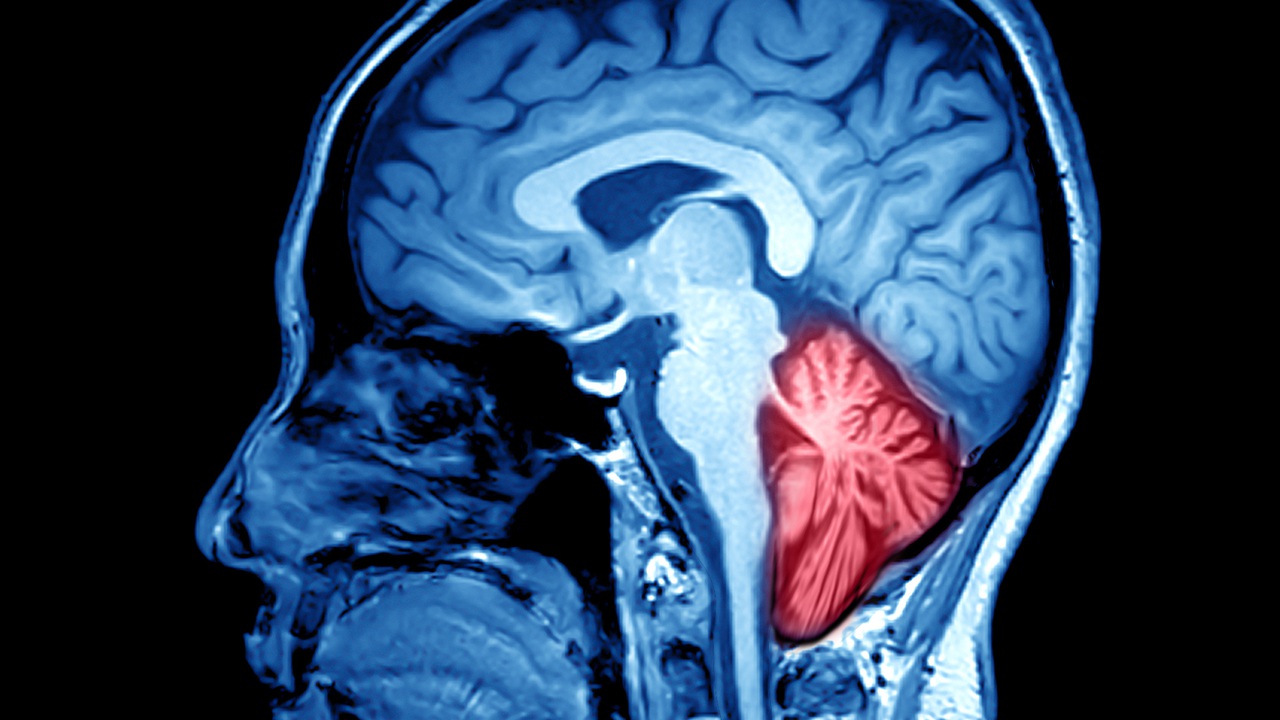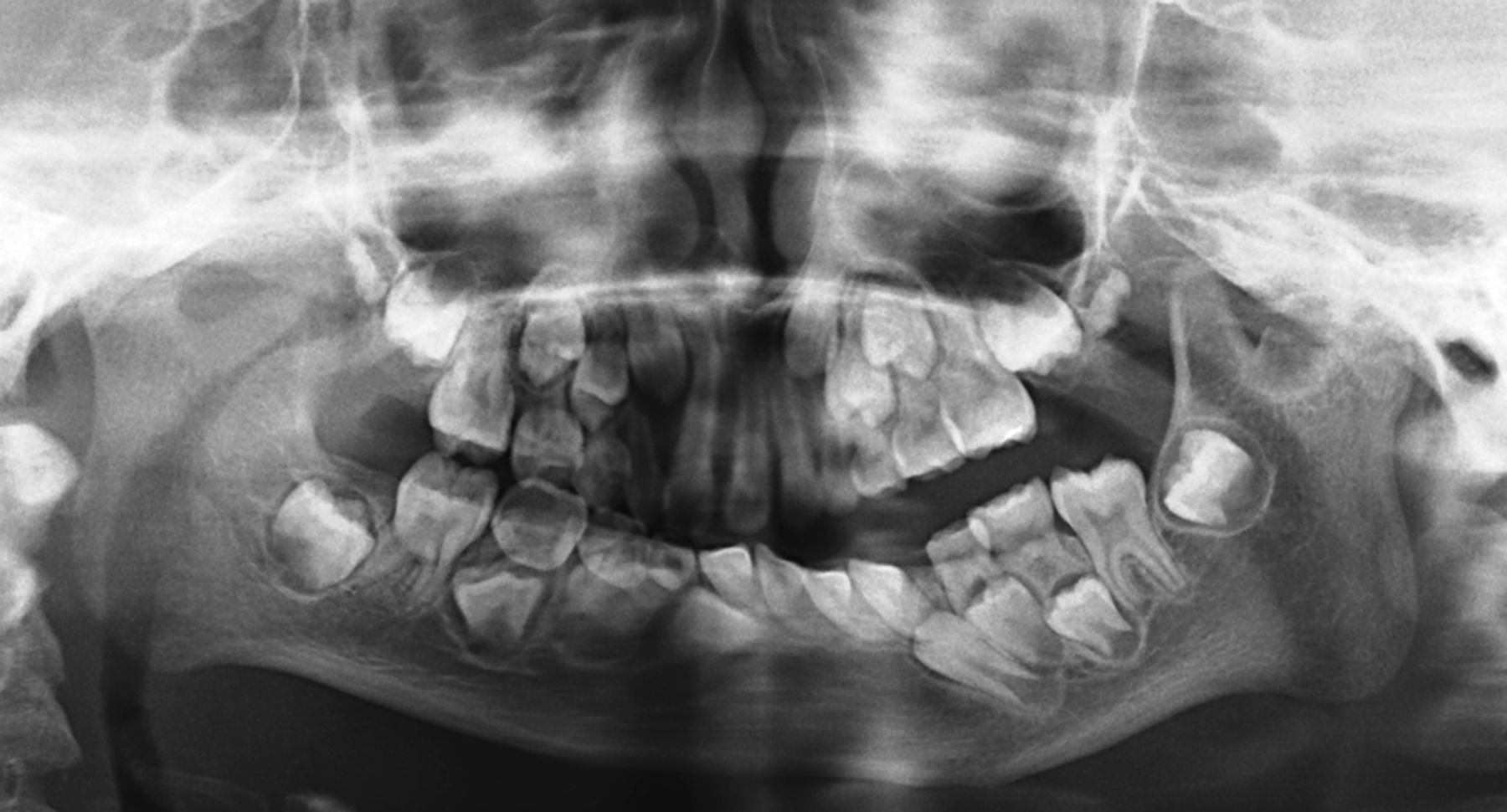
Chiari Type 1 Malformation (CMI) is a condition where the lower part of the brain, known as the cerebellar tonsils, pushes down through the opening at the base of the skull. This can lead to a range of symptoms, from headaches and dizziness to more severe issues like difficulty swallowing and respiratory problems. Affecting about 0.1% to 0.5% of the population, CMI is often discovered incidentally during MRI scans for unrelated issues. While some people remain symptom-free, others may experience significant discomfort. Understanding CMI's symptoms, diagnosis, and treatment options is crucial for managing this condition effectively.
Key Takeaways:
- Chiari Type 1 Malformation is a rare condition where the brain's structure is affected, causing symptoms like headaches, difficulty swallowing, and numbness. It can be managed with surgery and lifestyle changes.
- Chiari Type 1 Malformation can lead to complications like hydrocephalus and spinal curvature. It's important to diagnose and treat it early, especially in children, to prevent long-term neurological damage.
Understanding Chiari Type 1 Malformation
Chiari Type 1 Malformation (CMI) is a condition that affects the brain's structure. It involves the cerebellar tonsils, which are part of the brain, moving down through an opening at the base of the skull. This can cause various symptoms and complications. Let's dive into some key facts about this condition.
-
Definition: Chiari Type 1 Malformation is a congenital condition where the cerebellar tonsils herniate through the foramen magnum, potentially compressing the brainstem and spinal cord.
-
Incidence: The prevalence of Chiari Type 1 Malformation is approximately 0.1% to 0.5% of the population, with an estimated 5.5 to 78 new cases per 100,000 people per year.
-
Gender Predominance: There is a slight female predominance, with a ratio of 1.3:1.
-
Named After: The condition is named after Hans Chiari, an Austrian pathologist who first described it in the late 19th century.
Types and Symptoms
Chiari malformations come in different types, with Type 1 being the most common. Symptoms can vary widely, making it a challenging condition to diagnose.
-
Types of Chiari Malformations: There are four recognized types of Chiari malformations, with Type 1 being the most common. The other types include Type II, III, and IV.
-
Symptoms: Symptoms can vary widely but often include headaches, difficulty swallowing, vomiting, dizziness, neck pain, unsteady gait, poor hand coordination, numbness and tingling in the hands and feet, and speech problems.
-
Occipital Headaches: The most common presenting symptom is occipital headache, which can be induced by activities like coughing, sneezing, laughing, or exercise.
-
Brainstem and Spinal Cord Dysfunction: Direct compression of the brainstem and spinal cord can lead to upper or lower motor neuron dysfunction, resulting in weakness, spasticity, and ataxia.
-
Sensory Deficits: Patients may experience sensory deficits, including numbness and tingling in the extremities.
-
Respiratory Dysfunction: Lower cranial nerve deficits can cause respiratory dysfunction, including dysarthria, dysphagia, soft palate weakness, diminished gag reflex, and vocal cord deficits.
Complications and Associated Conditions
Chiari Type 1 Malformation can lead to several complications and is often associated with other medical conditions.
-
Hydromyelia: The condition can lead to hydromyelia, which is the dilation of the central canal of the spinal cord, causing upper or lower motor neuron dysfunction.
-
Scoliosis: The development of scoliosis associated with hydromyelia is a frequent complication.
-
MRI Diagnosis: Magnetic Resonance Imaging (MRI) is the primary diagnostic tool for Chiari Type 1 Malformation, providing detailed visualization of the cervicomedullary junction.
-
MRI Characteristics: On MRI, the cerebellar tonsils are typically elongated and peg-like, with mild caudal displacement and flattening or kinking of the medulla.
-
Asymptomatic Cases: Approximately 30% of patients with Chiari Type 1 Malformation are asymptomatic, with the condition being discovered incidentally during imaging for other conditions.
-
Genetic Origin: While the genetic origin of Chiari Type 1 Malformation is not fully understood, it can occur in several defined genetic syndromes.
-
Associated Conditions: Chiari Type 1 Malformation can be associated with other abnormalities, including cervical cord syrinx (20%–56% cases), hydrocephalus (7%–10% cases), and skeletal anomalies (23%–45% cases).
Pathophysiology and Clinical Presentation
Understanding how Chiari Type 1 Malformation affects the body helps in managing the condition effectively.
-
Hydrocephalus: Hydrocephalus is attributed to abnormal cerebrospinal fluid (CSF) flow due to cerebellar tonsillar descent. It is believed that syringohydromyelia is secondary to pathologic CSF dynamics.
-
Pathophysiology: The primary pathophysiology involves tonsillar invagination and direct compression of neurological structures within the foramen magnum and upper spinal cord, leading to obstruction of CSF flow.
-
Clinical Presentation: Patients may present with symptoms such as occipital pain, chronic headache, swallow impairment, or sleep apnea. The clinical presentation can vary widely and may not always correlate with the degree of tonsillar descent.
Treatment Approaches
Managing Chiari Type 1 Malformation involves both conservative and surgical methods to alleviate symptoms and improve quality of life.
-
Treatment Approaches: Management of Chiari Type 1 Malformation combines conservative and surgical approaches through a multimodal dynamic strategy. Surgical decompression is performed to alleviate symptoms and restore full neurological function.
-
Surgical Decompression: Surgical decompression involves relieving the compression on the brainstem and spinal cord by removing part of the bone at the base of the skull. This procedure can significantly alleviate symptoms and improve neurological function.
-
Conservative Management: Conservative management includes lifestyle modifications such as avoiding activities that exacerbate symptoms, maintaining proper posture, and engaging in regular exercise to improve overall health and reduce symptoms.
Complications and Epidemiology
Chiari Type 1 Malformation can lead to various complications and has a specific epidemiological profile.
-
Complications: Complications of Chiari Type 1 Malformation include hydrocephalus, syringomyelia, spinal curvature, tethered cord syndrome, and connective tissue disorders such as Ehlers–Danlos syndrome and Marfan syndrome.
-
Epidemiology: The incidence of congenital Chiari Type 1 Malformation was previously believed to be in the range of one per 1000 births but is likely much higher due to increased detection through MRI.
-
Pseudo-Chiari Malformation: Pseudo-Chiari Malformation is a condition where leaking of CSF may cause displacement of the cerebellar tonsils and similar symptoms sufficient to be mistaken for a Chiari I malformation.
-
Acquired Chiari Malformation: Acquired Chiari Malformation can develop after lumboperitoneal or ventriculoperitoneal shunt placement, among other conditions.
Symptom Induction and Hydrocephalus Association
Certain activities can trigger symptoms, and Chiari Type 1 Malformation is often linked with hydrocephalus.
-
Symptom Induction: Symptoms can be induced by activities such as coughing, sneezing, laughing, or exercise, which increase intracranial pressure and exacerbate the condition.
-
Hydrocephalus Association: Hydrocephalus is associated with Chiari Type 1 Malformation due to abnormal CSF flow, which can lead to increased intracranial pressure and further complications.
-
Syringohydromyelia: Syringohydromyelia is a condition where the central canal of the spinal cord is dilated, leading to upper or lower motor neuron dysfunction. It is believed to be secondary to pathologic CSF dynamics.
Additional Findings and Pediatric Presentation
Chiari Type 1 Malformation can present differently in children and may involve other findings.
-
Transverse Sinus Stenosis: Patients with Chiari Type 1 Malformation have a higher likelihood of transverse sinus stenosis associated with increased intracranial pressure. This condition requires further evaluation to support increased ICP and exclude other causes.
-
Increased Intracranial Pressure: Increased intracranial pressure is a significant finding in Chiari Type 1 Malformation, which can complicate the postsurgical course after posterior fossa decompression.
-
Clinical Series Analysis: Clinical series analysis focusing on symptomatology and MRI characteristics in infants and toddlers with Chiari Type 1 Malformation highlights the need for early diagnosis and treatment to prevent long-term neurological damage.
-
Pediatric Presentation: Chiari Type 1 Malformation in infants and toddlers often presents with different clinical manifestations due to their lack of effective verbal communication. Occipital headaches are the most common signs and symptoms.
-
Multimodal Dynamic Strategy: Management of Chiari Type 1 Malformation requires a multimodal dynamic strategy combining conservative and surgical approaches to enhance outcomes and improve patient care coordination and communication.
Understanding Chiari Type 1 Malformation
Chiari Type 1 Malformation is a complex condition involving the downward displacement of the cerebellar tonsils through the foramen magnum. Affecting about 0.1% to 0.5% of the population, it can cause a range of symptoms like headaches, dizziness, and motor dysfunction. Diagnosis often relies on MRI scans, which reveal the characteristic herniation. While some people remain asymptomatic, others may experience severe complications like hydrocephalus or syringomyelia. Treatment varies from conservative management to surgical decompression, aiming to relieve symptoms and improve quality of life. Early detection and a comprehensive treatment plan are crucial for better outcomes. Understanding this condition helps in managing it effectively and improving patient care.
Frequently Asked Questions
Was this page helpful?
Our commitment to delivering trustworthy and engaging content is at the heart of what we do. Each fact on our site is contributed by real users like you, bringing a wealth of diverse insights and information. To ensure the highest standards of accuracy and reliability, our dedicated editors meticulously review each submission. This process guarantees that the facts we share are not only fascinating but also credible. Trust in our commitment to quality and authenticity as you explore and learn with us.


